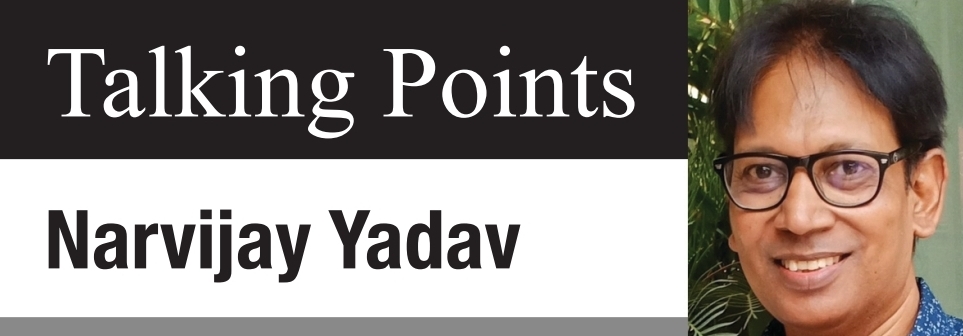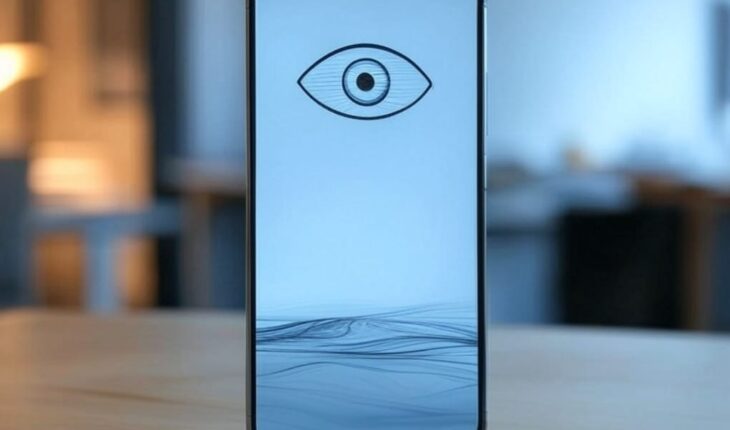In India, camera spying through hacked apps threatens smartphone users’ privacy. DIY fixes are rising, but scalable, affordable solutions are urgent as tech giants overlook built-in protections and user safety.

In an age where smartphones rarely leave our hands, a silent threat grows – unauthorized camera access. Across India, millions of people carry devices that could be spying on them, without a single click. As digital life deepens, basic privacy is no longer guaranteed. The question isn’t if someone’s watching, but whether users even realize they’ve left the door open.
Tara Nair’s fingers hovered over her smartphone, the Mumbai newsroom’s buzz fading as she read the leaked report. A cybersecurity firm had exposed vulnerabilities in popular apps, allowing hackers to activate front-facing cameras without user consent. As an investigative journalist, Tara knew India’s 1 billion smartphone users were at risk, their private moments potentially exposed. Her phone, perched on her desk, felt like an intruder. She taped over its camera that night, a makeshift shield against an unseen eye.
Tara’s investigation revealed a growing privacy crisis. With 70% of Indians owning smartphones and cybercrime surging 40% annually, camera spying was no longer a distant threat. A Colaba café owner told her of a customer whose intimate video call was hacked via a rogue app, sold on the dark web. A Delhi activist shared fears of state surveillance, and her phone camera was a potential spy during sensitive meetings. Tara’s readers, from Bengaluru techies to rural students, echoed the same worry; their phones were betraying them.
The market response was sluggish. Premium phone cases with sliding camera covers cost Rs 1500 to Rs 3000, which is unaffordable for most of India’s middle class. Tech giants prioritized flagship features over privacy add-ons, leaving users like Tara to rely on jugaad, DIY solutions. She cut opaque stickers from label sheets, sharing the trick with friends. Others used nail polish or electrical tape, costing Rs 10 to Rs 50, but these were clumsy, leaving residue or blocking sensors. Social media buzzed with hacks, yet no scalable solution emerged.
Tara saw an opportunity. She pitched her findings to a startup in Pune, urging them to develop affordable camera-hiding products. They launched “CamSafe,” a Rs 150 sticker pack with reusable sliders, tailored for India’s diverse phone models. Sold at kirana stores and online, CamSafe tapped into the 70% of users concerned about surveillance, per 2023 surveys. Competitors followed, offering Rs 500 cases with built-in covers and Rs 100 plastic clip-ons, democratizing privacy. Mumbai’s accessory markets, like Heera Panna, buzzed with vendors hawking these gadgets, creating micro-economies.
The economic impact was notable. By 2028, India’s privacy product market will be fueled by camera covers, growing to Rs 2 billion, employing designers and retailers. Small businesses will thrive, but big brands may lag, their Rs 20,000 phones lacking native camera shields. Tara’s articles sparked a privacy movement, with schools teaching teens to cover cameras and offices mandating tape during meetings. Still, she worried. Cameras were just one vulnerability; microphones and apps posed equal threats. As she tapped her phone, Tara knew affordable solutions were a start, but vigilance was the true shield.
Points to Ponder:
Affordable camera covers like stickers, clip-ons, or budget cases are vital, but smartphone privacy demands more to keep the users’ personal lives safe and private. Users must disable unused app permissions, update software regularly, use antivirus apps for further safety, and cover microphones with dummy plugs. Encrypt data, avoid risky downloads, and advocate for phones with built-in privacy features to safeguard India’s digital future are other safety precautions.
The writer is a senior journalist and author. Views expressed are personal.
Instagram @narvijayyadav






